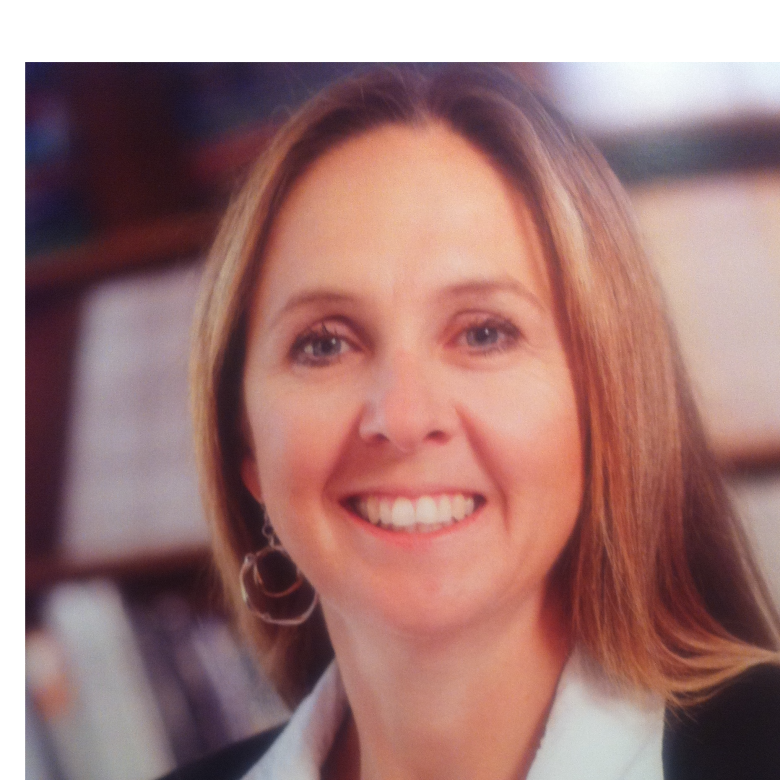Getting enough clinicians to diagnose autism has become problematic as there are not enough clinical psychologists out there qualified to do so, according to Flinders University Professor of Psychology, Robyn Young.In an interview with Link, Young said National Guidelines (www.autismcrc.com.au/access/) are currently under consideration to recommend that following a medical referral, clinical psychologists would be the first point of call for Autism Spectrum Disorder (ASD) assessments. If the matter was complex, other allied health professionals may be involved. Professor Young is concerned that without the training of more professionals this will increase waiting lists even more dramatically.“It comes down to getting a standard protocol around making a diagnosis, what it will look like and what needs to be done. Training people, irrespective of background to ensure there is some uniformity and clarity in that diagnosis,” she said. “I recommend triaging these diagnoses because some people are easy to diagnose when their condition is quite readily apparent whereas, in others where the condition is not evident, it can take a lot of time to tease out that diagnosis, particularly if there are other co-occurring conditions such as trauma or attachment issues.”According to Young, that while important, the diagnosis is not as important as the intervention because anyone who has met someone with autism is aware that one person with autism can be very different from another person with autism. Some people may require support, some might not, and the level of support required can vary dramatically between people. “it is important to identify the strengths of the person, the areas where they are having difficulties and how to support them, so these difficulties are not impacting on their life.”In her opinion the risk when you work from a diagnostic model leads to working towards the diagnosis and not the individual which she described as “dangerous.” “The sole purpose of diagnosis is clarity and understanding and for many that diagnosis is met with relief. They may have been mis-diagnosed with other conditions and we see this particularly in females who may have been diagnosed with obsessive compulsive disorder or borderline personality disorder, sometimes erroneously, where the diagnosis of autism can be overlooked.” Recent studies with clinicians revealed females will camouflage and mask their behaviour whereas boys might be acting out or do something that creates attention. “However, girls, and this is a very broad generalisation, will either not do that or see how other people behave and copy that behaviour, which becomes more scripted for them and hence the diagnosis may be missed.” Prevalence is more common amongst boys although Young said there has been an increase prevalence amongst girls in the past decade. “Interestingly women in their 30s and 40s who have children on the spectrum are coming forward, looked at themselves and said: ‘this explains me a bit’. The diagnostic situation is not going anywhere as the more hurdles that are made around diagnosis and the requirements, such as costs, brings with it a reluctance to participate in the process both by professionals and consumers, she said.
New restrictions apply with the NDIS
The introduction of the National Disability Insurance Scheme also introduces another set of issues, placing restrictions from who the NDIS will accept diagnoses. Young said some people who have been diagnosed pre-2013 are now required to have an updated diagnosis using the new DSM 5 criteria, even though the DSM 4 criteria clearly states if you have a pre-existing diagnosis of a pervasive developmental disorder using the old criteria, then the diagnosis of ASD should be applied. But now people are being asked to present with an updated diagnosis, from a clinical psychologist: “which is expensive and clogs up the system because you have people coming in wanting their diagnosis updated when they possibly don’t need it. Instead, the time would be better spent in assessing the capacity and needs of the person – not their diagnosis per se. The NDIS should be responsible in deciding requirements and not sending people back to get a diagnosis.”

